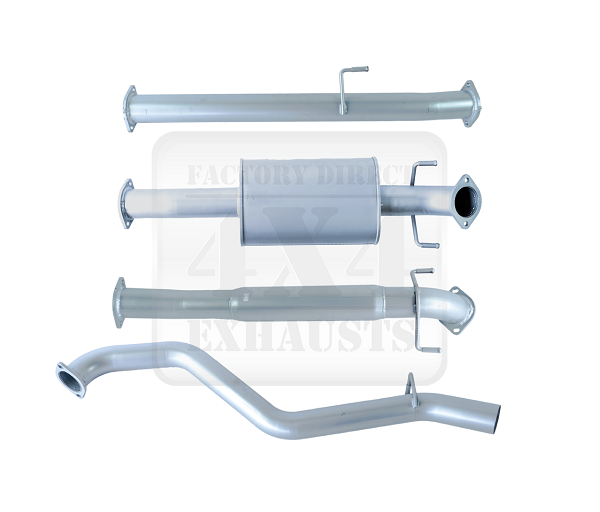If you own a diesel vehicle, you most likely have a diesel particulate filter (DPF). However, you might not be aware of what it does, and why it’s so important. Diesel particulate filters have been around for about two decades now, and their main purpose is to reduce the amount of soot that comes out of your exhaust system. However, diesel particulate filters have a limited capacity, meaning, the soot has to be emptied to regenerate the filter.

That being said, regular maintenance of your DPF is mandatory, and if your filter is beyond maintenance and repair, it’s time to shop for a new DPF exhaust. The DPF exhaust system regenerates itself in one or two ways – passively and actively. Passive regeneration happens when you’re driving at higher speeds. This allows the exhaust temperature to increase significantly and burn off the excess soot. It’s recommended that you drive the vehicle at high speeds for about half an hour to 45 minutes on the runway to clear the filter. However, not everyone can do this regularly, which is why there’s an alternative form of DPF regeneration.
Active regeneration, on the other hand, happens when extra fuel is injected as part of the car’s ECU when the filter reaches its limit, which is about 50%. However, if the journey is too short, problems can occur and the regeneration process may not finish entirely. If that happens, the warning light will still show the filter as blocked. In order to complete an active regeneration cycle, you should drive around for about 10 minutes at about 60-70km/h. Typically, you’ll be alerted of active regeneration happening by the engine’s note changing, an increase in idle speed, an increase of fuel consumption, cooling fans running, deactivation of automatic Start/Stop and an acrid, hot smell from the exhaust.
If your warning lights don’t go off after active regeneration has been completed, don’t wait – check them out immediately. Otherwise, more damage can be caused, and what would be an otherwise easy fix can easily turn into something much more problematic and more expensive. Many mechanics can clean blocked DPF using a process called forced regeneration. And while this process doesn’t have a 100% success rate, it does a great job in removing excess soot and allowing the DPF to perform and automatically regenerate again. Failure to properly regenerate the filter is what causes most DPF issues and results in increased exhaust emission, impaired engine performance and even puts the car into a restricted mode.
























